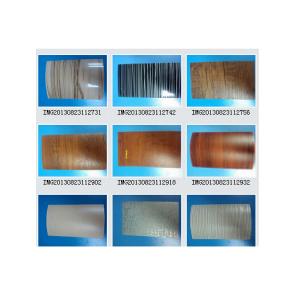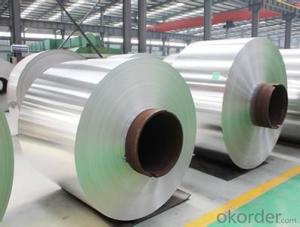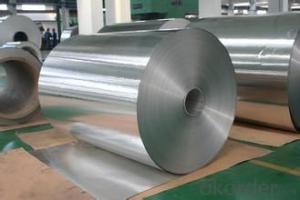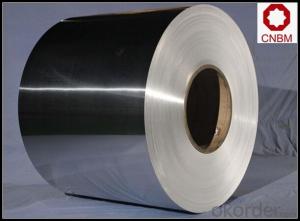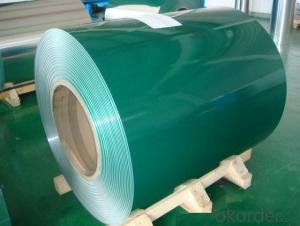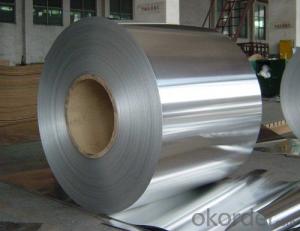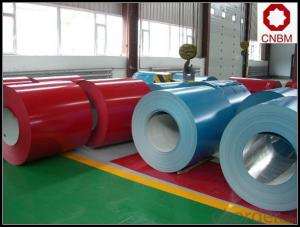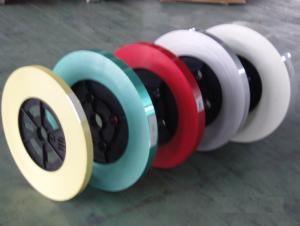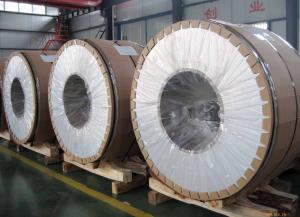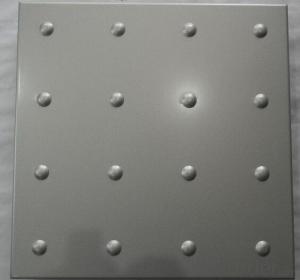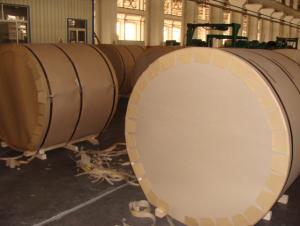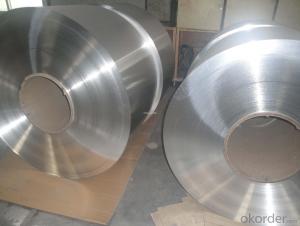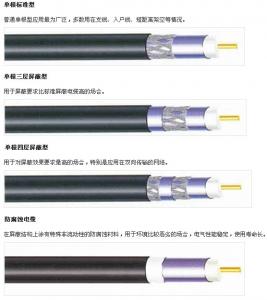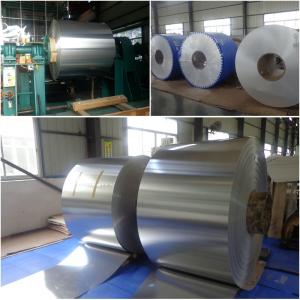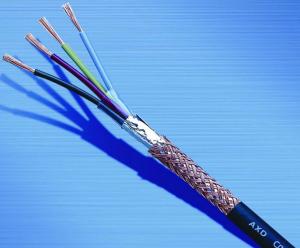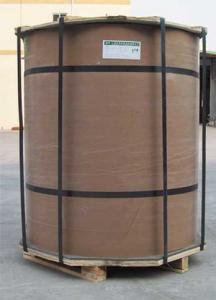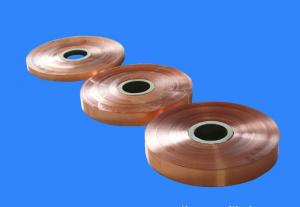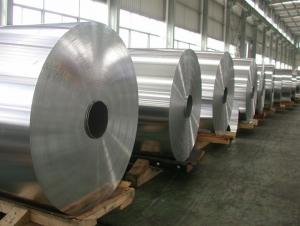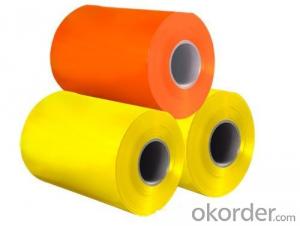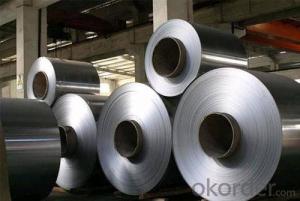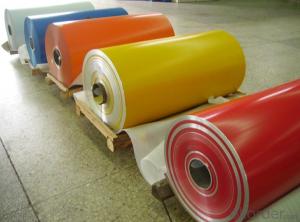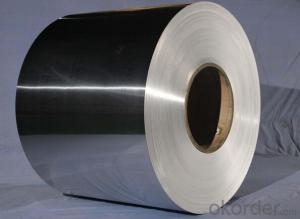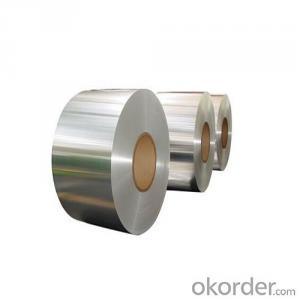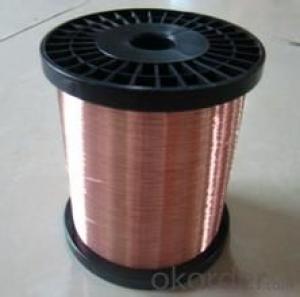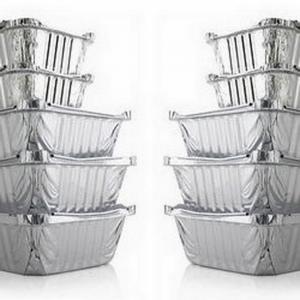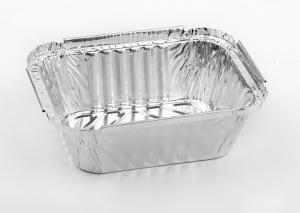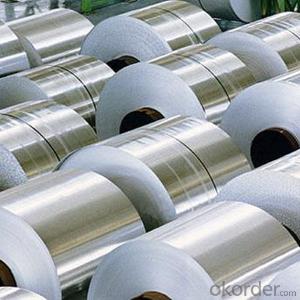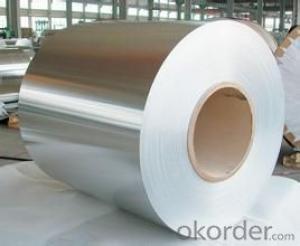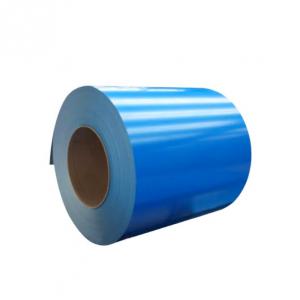Copper Tube Aluminum Fin Coil
Copper Tube Aluminum Fin Coil Related Searches
Aluminum Fin Coil Aluminum Tube Coil Copper Aluminum Coil Aluminum Copper Coil Copper Aluminum Foil Aluminum Tubing Coil Copper Colored Aluminum Coil Aluminum Coil Pipe Prefinished Aluminum Coil Coil Aluminum Gutter Aluminum Coil Aluminum Gutter Coil Aluminum Trailer Roof Coil Aluminum Roof Coil Copper Colored Aluminum Foil Aluminum Copper Alloy Aluminum Ac Coil Aluminum Wire Coil Coil Coating Aluminum Tin Foil Aluminum China Aluminum Coil Aluminum Alloy Coil Trim Coil Aluminum Anodized Aluminum Coil Aluminum Siding Coil 1 2 Aluminum Tubing Coil Aluminum Strip Coil Aluminum Condenser Coil Aluminum Coil Pe Copper Plate AluminumCopper Tube Aluminum Fin Coil Supplier & Manufacturer from China
Copper Tube Aluminum Fin Coil is a type of heat exchanger that combines copper tubes with aluminum fins to provide efficient heat transfer. This product is designed to optimize thermal performance and is widely used in various industries such as HVAC, refrigeration, and automotive applications. The combination of copper tubes and aluminum fins offers a lightweight, durable, and cost-effective solution for heat exchange requirements.The Copper Tube Aluminum Fin Coil is utilized in a variety of applications, including air conditioning systems, radiators, and heat exchangers. Its ability to efficiently transfer heat makes it an ideal choice for both residential and commercial settings. The product's versatility allows it to be used in various temperature ranges and environments, ensuring optimal performance in diverse conditions.
Okorder.com is a leading wholesale supplier of Copper Tube Aluminum Fin Coil, boasting a large inventory to cater to the needs of various industries. As a reputable supplier, Okorder.com ensures that the products are of high quality and meet industry standards. Customers can rely on Okorder.com for a consistent supply of Copper Tube Aluminum Fin Coil, ensuring their projects and operations run smoothly and efficiently.
Hot Products
